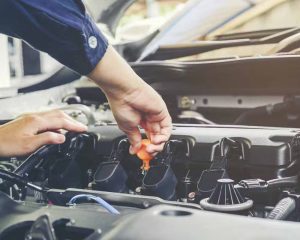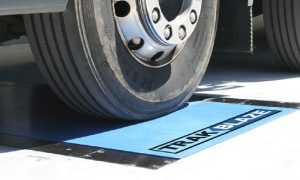6 Brake Components That Wear Out Faster During Off-Roading
Off-roading pushes your vehicle to its limits. From climbing rocky trails to tackling muddy paths, your 4×4 is constantly exposed to conditions that demand more from every system—especially your brakes. Unlike standard highway driving, off-roading puts extra stress on specific brake components, making them wear out faster than you might expect. If you’re an off-road enthusiast, knowing which parts are most vulnerable can help you plan maintenance, prevent breakdowns, and stay safe on the trail. Let’s explore six brake components that tend to wear out faster when your vehicle frequently ventures off the beaten path.
1. Brake Pads
Brake pads are designed to handle friction, but off-road conditions subject them to harsher wear. The constant braking needed for navigating steep descents, rough terrain, and technical obstacles means your brake pads are engaged far more often than during regular driving. In addition, dirt, mud, sand, and grit can get trapped between the pad and rotor, accelerating wear.
If you frequently off-road, inspect your brake pads more often than the typical maintenance schedule suggests. Look for uneven wear, cracks, or thinning. Investing in heavy-duty or off-road-specific brake pads can provide better durability and performance under extreme conditions.
2. Brake Rotors
Your rotors work hand-in-hand with the brake pads to stop your vehicle, and they take a beating during off-roading. When grit and debris get between the pad and rotor surface, they act like sandpaper, leading to grooves and scoring. Heat buildup from frequent braking on difficult terrain can also cause rotors to warp, reducing braking effectiveness and causing vibration.
Warped or damaged rotors compromise your ability to brake smoothly, which can be dangerous on trails where control is critical. Keep an eye out for pulsing or shaking in your brake pedal, and have your rotors inspected or resurfaced if needed.
3. Brake Calipers
Brake calipers are responsible for clamping the pads onto the rotors, generating the friction needed to stop your vehicle. During off-roading, calipers are exposed to mud, water, and debris that can cause corrosion or lead to stuck pistons. If a caliper seizes or operates unevenly, it can result in poor braking performance or excessive pad wear on one side.
Since caliper failure can leave you with compromised stopping power, it’s important to check for signs like uneven pad wear or dragging brakes. An experienced 4×4 brake repair mechanic can help ensure your calipers are functioning properly and recommend replacement if they’re damaged.
4. Brake Lines
Brake lines deliver hydraulic fluid that powers your braking system. When you’re off-roading, rocks, tree branches, and other obstacles can strike or rub against these lines. Over time, this can lead to abrasion, cracking, or punctures that cause leaks and reduce braking efficiency.
For off-road vehicles, regularly inspect brake lines—both rubber and steel—for any visible signs of wear or damage. Some off-roaders opt for braided stainless steel brake lines, which offer enhanced durability and better resistance to trail hazards.
5. Brake Fluid
While not a physical “component” in the traditional sense, brake fluid plays a vital role in transferring force from the pedal to the brakes. The frequent braking and heat generated during off-roading can cause brake fluid to break down faster, reducing its effectiveness. In addition, moisture from water crossings or deep mud can contaminate the fluid, leading to corrosion within the braking system and spongy brake feel.
To avoid these issues, consider flushing and replacing your brake fluid more often if you off-road regularly. High-performance brake fluids with a higher boiling point can offer better protection under extreme conditions.
6. Backing Plates and Dust Shields
Backing plates and dust shields are designed to protect your brake components from debris. However, when you’re off-roading, these parts are constantly bombarded by mud, gravel, and water. Over time, they can become bent, corroded, or clogged with debris, which may interfere with brake function or allow contaminants to reach sensitive components like rotors and pads.
Don’t overlook these protective elements during maintenance. Clean and inspect them after challenging off-road outings, and replace them if they’re damaged or excessively corroded. Keeping these parts in good shape can extend the life of your more expensive brake components.
Off-roading is tough on your vehicle—and especially hard on your braking system. Understanding which brake components are most vulnerable to wear allows you to stay ahead of potential problems and keep your 4×4 safe and trail-ready. By inspecting these parts regularly, replacing them as needed, and working with a trusted brake repair mechanic, you can ensure your brakes perform reliably no matter where your adventures take you. Remember: a little proactive care can go a long way in avoiding costly repairs and staying safe off-road.




